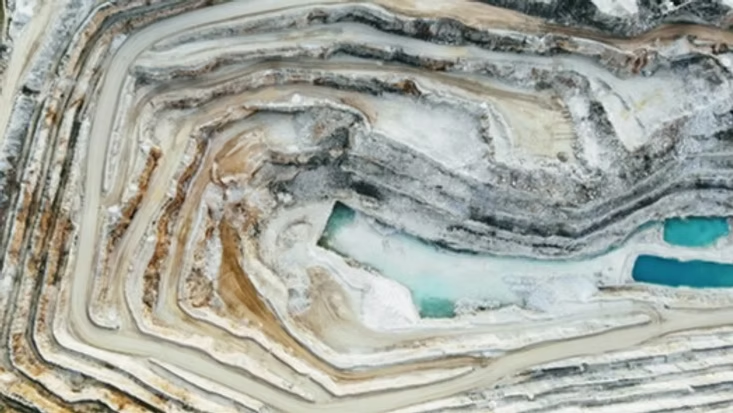Modern mining is undergoing a profound transformation—moving away from a traditional extractive mindset toward a model that places social license and community partnerships at its core. Recent reports highlight that leading miners now prioritize early engagement with local communities, integrate environmental stewardship from exploration through operations, and develop permitting strategies grounded in mutual trust. These approaches are no longer optional ESG checkboxes; they’re seen as foundations for de-risking projects and gaining competitive advantages in capital markets.
At the heart of this shift is the recognition that tangible community impact matters. Top-performing mines now embed local job creation, vocational training, business incubation for nearby entrepreneurs, and educational investments into their core strategy. Examples include mining firms partnering with farmers to enhance agricultural productivity and regional employment—a stark contrast with previous models that often sidelined local needs. These initiatives not only support economic development but actively secure community buy-in, making projects more resilient to social and regulatory challenges.
For investors, operators, and policymakers, this evolution reframes success: a mining project’s value today is measured not just in reserves and grade, but in the depth and durability of its social license. Companies adept at embedding community priorities into project design preempt conflict, obtain faster regulatory approvals, and stand out in sustainability assessments. This “new playbook” of integrating technical excellence with community legitimacy is rapidly emerging as the blueprint for sustainable, responsible mining in the era of critical minerals and energy transition—turning once optional community engagement into an operational imperative.

